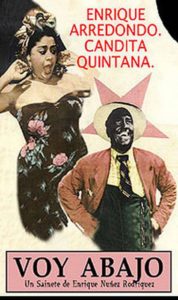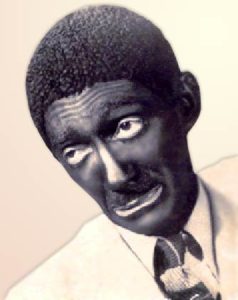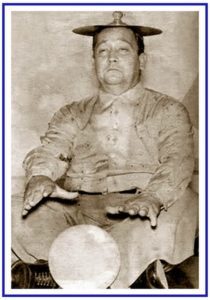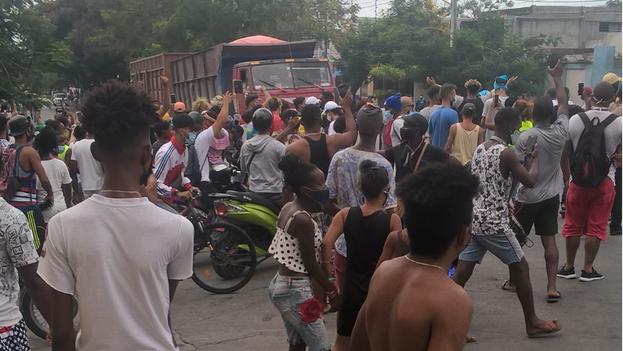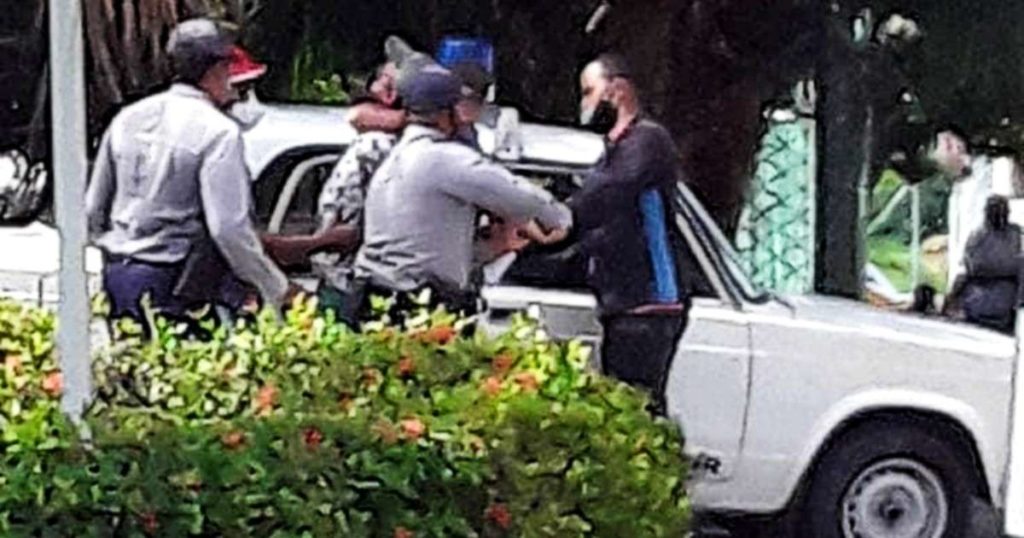EL PELOTERO CUBANO LOIDEL RODRIGUEZ PIDE ASILO POLITICO EN ESTADOS UNIDOS. PHOTOS
“Me tiré del segundo piso del hotel por una mata de palma y me recogió un carro que allí me esperaba”, dijo Loidel al periodista especializado Francys Romero. El pelotero cubano Loidel Rodríguez, después de abandonar al equipo sub-23 en México, solicitó asilo en Estados Unidos.
LA SELECCIÓN CUBANA de béisbol se preparaba aquel 24 de septiembre para salir rumbo al estadio de los Yaquis de Obregón, en el estado mexicano de Sonora, mientras Loidel Rodríguez alistaba su fuga. A las 4:35 de la tarde, contó al periodista Francys Romero, se tiró “del segundo piso del hotel por una mata de palma” y un carro ya lo esperaba abajo.
Once días después de abandonar el hotel Quality Inn, este espirituano solicitó asilo en Estados Unidos, como lo hizo el santiaguero Uber Mejías el domingo pasado. Ambos son dos de los 12 atletas que desertaron durante el Mundial sub-23 en México.
Rodríguez, quien será representado por RI Total Sports a cargo del habanero Carlos Pérez, había sido incluido en la tropa dirigida por Eriel Sánchez luego de promediar 239 con tres dobles y dos cuadrangulares en la etapa clasificatoria de la última Serie Nacional, informó el sitio Pelota Cubana.
Conforme pasan los días se van conociendo más detalles de la estancia de los peloteros cubanos en México, como la historia de Yudiel González. El avileño aseguró a Radio Rebelde que lo presionaban para escapar a través de mensajes que llegaban a su móvil para que abandonara la concentración. “En el lobby –dijo– se nos acercaban para que nos fuéramos con ellos”.
González “se subió a un carro pero se arrepintió y pidió ser regresado al hotel”
Francys Romero se refirió al caso de González y precisó que durante su estancia en México, el pelotero “se subió a un carro pero se arrepintió y pidió ser regresado al hotel”. El reportero consideró que “no puedes argumentar la presión ejercida” y “no hablar de tu propio intento” de fuga, que parece ya le fue perdonado.
Recientemente también se dio a conocer que algunos deportistas fueron frenados durante el check in de sus boletos en el aeropuerto porque “llevaban tabacos con el fin de comercializarlos y sacar alguna retribución monetaria ante la escasez económica reinante en la Isla”.
Cuenta este periodista afincado en Miami, además, que la Federación Cubana de Béisbol “sometió a sus atletas a una travesía de 23 horas” para trasladarlos por tierra a Ciudad Obregón, con lo que se ahorró “50 dólares por cada uno de los 40 integrantes de la delegación” que realizó el viaje.
El pasado sábado se conocieron las fugas de Loidel Chapellí Jr., de 19 años, Yandi Yanes, de 23, Bryan Chi, de 22, y Miguel Antonio González, de 21. Antes lo hicieron Geisel Cepeda y los lanzadores Yeinel Zayas, Luis Dannys Morales, Uber Mejías, Dariel Fernández, además del receptor Loidel Rodríguez, el jardinero Reinaldo Lazaga y Diasmany Palacios, jugador de cuadro.
En la Isla las autoridades deportivas han insistido en responsabilizar a EE UU del abandono de los deportistas. El Instituto Nacional de Deportes Educación Física y Recreación (Inder) acusó al bloqueo del acuerdo entre la Federación Cubana de Béisbol y la Major League Baseball, de estimular “el tráfico de atletas en defensa de intereses políticos”.
Romero considera que “estas fugas no son únicas y hablan, sobre todo, del escaso horizonte de oportunidades tanto políticas como económicas con las que cuentan los ciudadanos cubanos”, precisó. “Recordemos que la asociación con el profesionalismo nunca fue un interés del gobierno castrista. Más bien fue una despedida”.
CUBAN BALLPLAYER LOIDEL RODRIGUEZ ASKS FOR POLITICAL ASYLUM IN THE UNITED STATES
“I jumped off the second floor of the hotel because a palm tree and a car that was waiting for me picked me up,” Loidel told the specialized journalist Francys Romero. Cuban player Loidel Rodríguez, after leaving the U23 team in Mexico, requested asylum in the United States.
THE CUBAN BASEBALL TEAM was preparing that September 24 to leave for the Yaquis de Obregón stadium, in the Mexican state of Sonora, while Loidel Rodríguez prepared his escape. At 4:35 in the afternoon, he told the journalist Francys Romero, he jumped “from the second floor of the hotel because of a palm tree” and a car was already waiting for him downstairs.
Eleven days after leaving the Quality Inn hotel, this Spaniard applied for asylum in the United States, as did Uber Mejías from Santiago last Sunday. Both are two of the 12 athletes who defected during the U23 World Cup in Mexico.
Rodríguez, who will be represented by RI Total Sports by Carlos Pérez from Havana, had been included in the troop led by Eriel Sánchez after averaging 239 with three doubles and two homers in the qualifying stage of the last National Series, reported the website Pelota Cuban.
As the days go by, more details of the stay of the Cuban players in Mexico are known, such as the story of Yudiel González. The Avilanian assured Radio Rebelde that they were pressuring him to escape through messages that reached his cell phone so that he would abandon the concentration. “In the lobby,” he said, “They approached us so that we could go with them.”
González “got into a car but repented and asked to be returned to the hotel”
Francys Romero referred to González’s case and specified that during his stay in Mexico, the player “got into a car but he repented and asked to be returned to the hotel.” The reporter considered that “you cannot argue the pressure exerted” and “not speak of your own attempt” to escape, which seems to have already been forgiven.
It was also recently announced that some athletes were stopped while checking their tickets at the airport because “they were carrying cigars in order to market them and get some monetary retribution due to the economic scarcity that prevails on the island.”
This Miami-based journalist also says that the Cuban Baseball Federation “subjected its athletes to a 23-hour journey” to transport them by land to Ciudad Obregón, thereby saving “50 dollars for each of the 40 members of the delegation “that made the trip.
Last Saturday the escapes of Loidel Chapellí Jr., 19, Yandi Yanes, 23, Bryan Chi, 22, and Miguel Antonio González, 21, were known. Before that, Geisel Cepeda and pitchers Yeinel Zayas, Luis Dannys did. Morales, Uber Mejías, Dariel Fernández, as well as receiver Loidel Rodríguez, outfielder Reinaldo Lazaga and infielder Diasmany Palacios.
On the island, the sports authorities have insisted on holding the United States responsible for the abandonment of athletes. The National Institute of Sports, Physical Education and Recreation (Inder) accused the blocking of the agreement between the Cuban Baseball Federation and Major League Baseball, of stimulating “the trafficking of athletes in defense of political interests.”
Romero believes that “these leaks are not unique and speak, above all, of the limited horizon of both political and economic opportunities that Cuban citizens have,” he said. “Let us remember that the association with professionalism was never an interest of the Castro government. Rather it was a farewell.”
Agencies/ 14yMedio/ Internet Photos/ Arnoldo Varona/ www.TheCubanHistory.com
THE CUBAN HISTORY, HOLLYWOOD.










